The allure of the fluffy tortoiseshell cat lies in its captivating appearance and unique personality. With their striking coat patterns of black, orange, and sometimes white, these cats are a visual delight. Each tortoiseshell cat has a one-of-a-kind blend of colors, making them truly unique among feline companions.
Understanding the breed characteristics, personality traits, and care needs of these cats is essential for any prospective owner. Whether you are drawn to their vibrant colors, fluffy fur, or spirited demeanor, a fluffy tortoiseshell cat can make a wonderful and loving addition to your home. We will go into the intriguing world of tortoiseshell cats in this piece, looking at their appearance, popular breeds, personalities, needs for maintenance, and historical relevance. By the end, you’ll have a comprehensive understanding of what makes these cats so special and why they have captured the hearts of cat lovers worldwide.
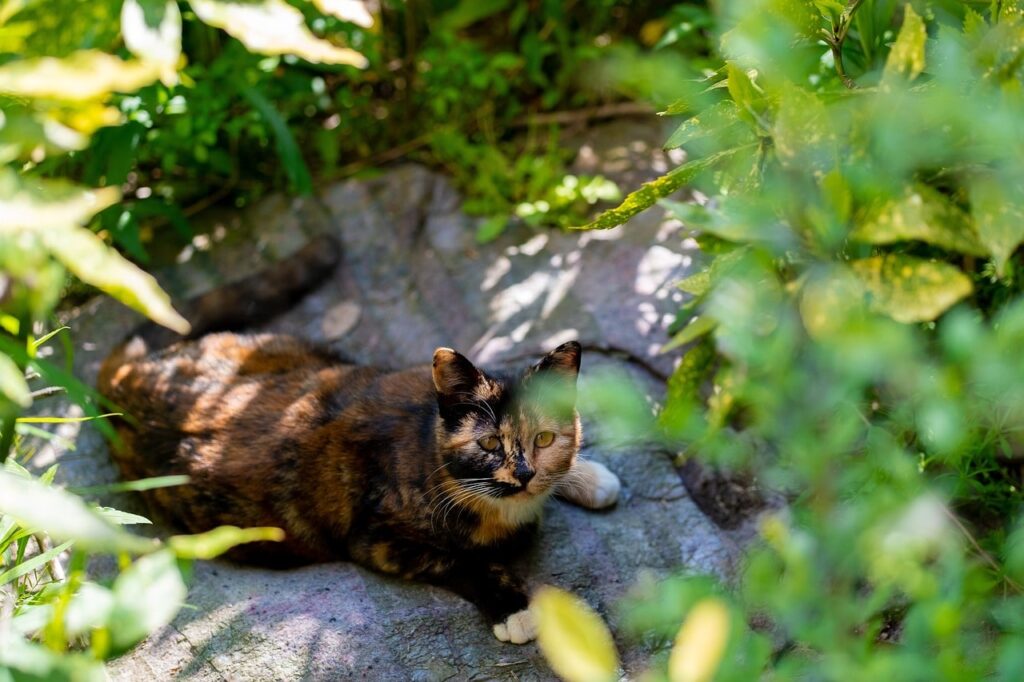
What is a Fluffy Tortoiseshell Cat?
A fluffy tortoiseshell cat is not a specific breed but a term used to describe a cat with a distinctive coat pattern and long, luxurious fur. These cats are highly sought after for their unique appearance and vibrant colors. The term “tortoiseshell” refers to the mottled or patched combination of colors in their fur, which can be mesmerizing and eye-catching.
Unique Coat Pattern: Black, Orange, and White Blend
The hallmark of a tortoiseshell cat is its unique coat pattern, characterized by a blend of black, orange, and sometimes white. This marbled or patchy pattern creates a striking visual effect that can vary widely from cat to cat. Every tortoiseshell cat is an individual work of art created by nature because no two have the same coat. The colors can be bold and distinct or softly blended, and white fur often creates a calico-like appearance, though true tortoiseshells typically have little to no white.
Genetic Factors and Female Prevalence
The genetics behind tortoiseshell cats are fascinating and contribute to their rarity and unique appearance. The tortoiseshell pattern is linked to the X chromosome, which is why the majority of these cats are female. Female cats have two X chromosomes, allowing for the combination of black and orange fur. Males, having only one X chromosome and one Y chromosome, are rarely tortoiseshell. When they are, it is usually due to a genetic anomaly, such as Klinefelter syndrome, which gives them an extra X chromosome.
This genetic factor explains why tortoiseshell cats are predominantly female, making male tortoiseshells exceptionally rare and often sterile. The intricate dance of genetics not only shapes their beautiful coats but also contributes to their unique charm and allure.
Appearance and Fur Characteristics
A fluffy tortoiseshell cat boasts a captivating and intricate coat pattern that sets it apart from other felines. The coat typically features a mottled or patched blend of black, orange, and sometimes white fur. This unique coloration can vary widely, with some cats displaying bold, distinct patches of color, while others have a more marbled or blended appearance. The richness of the colors and the randomness of the patterns make each tortoiseshell cat a unique work of art. The presence of white fur, though less common in true tortoiseshells, can add a layer of complexity and beauty to their appearance.
Long vs. Short Fur Variations
Fluffy tortoiseshell cats can have either long or short fur, depending on their breed. Long-haired tortoiseshells, such as those found in breeds like the Maine Coon or Persian, have thick, luxurious fur that adds to their regal appearance. The long fur can accentuate the vibrant colors and patterns, giving these cats a truly majestic look. On the other hand, short-haired tortoiseshells, like those in the American Shorthair or British Shorthair breeds, have a sleek and smooth coat that still showcases the striking color variations but with a more streamlined appearance.
Importance of Regular Grooming
Regardless of whether a tortoiseshell cat has long or short fur, regular grooming is essential to maintain the health and beauty of their coat. Long-haired tortoiseshells, in particular, require frequent brushing to prevent matting and tangles. Brushing not only keeps the fur smooth and shiny but also helps reduce shedding and hairballs. It is important to use a high-quality brush suitable for the cat’s fur type to ensure effective grooming.
For short-haired tortoiseshells, grooming is still important but less intensive. Regular brushing helps remove loose fur, distribute natural oils, and keep the coat healthy. It also provides an opportunity to check for any skin issues or parasites.
In addition to brushing, other grooming practices such as regular baths, nail trimming, and ear cleaning contribute to the overall well-being of a tortoiseshell cat. Starting grooming routines early in a cat’s life helps them become accustomed to the process and makes it a positive experience for both the cat and the owner.
Caring for a Fluffy Tortoiseshell Cat
Grooming Tips for Long Fur
Proper grooming is essential for maintaining the health and beauty of a fluffy tortoiseshell cat’s luxurious fur. Here are some essential grooming tips:
- Regular Brushing: Brush your cat’s fur at least three to four times a week using a high-quality brush suitable for long-haired cats.
- Detangling Sprays: Use cat-specific detangling sprays to ease brushing and prevent discomfort.
- Bathing: Bathe your cat every few months with a gentle, cat-specific shampoo to remove dirt and excess oils.
- Trimming: Trim the fur around their paws and rear end to prevent matting and maintain cleanliness.
- Nail Clipping: Keep your cat’s nails trimmed to avoid overgrowth and discomfort.
- Ear Cleaning: Periodically clean your cat’s ears with a vet-recommended cleaner to prevent infections.
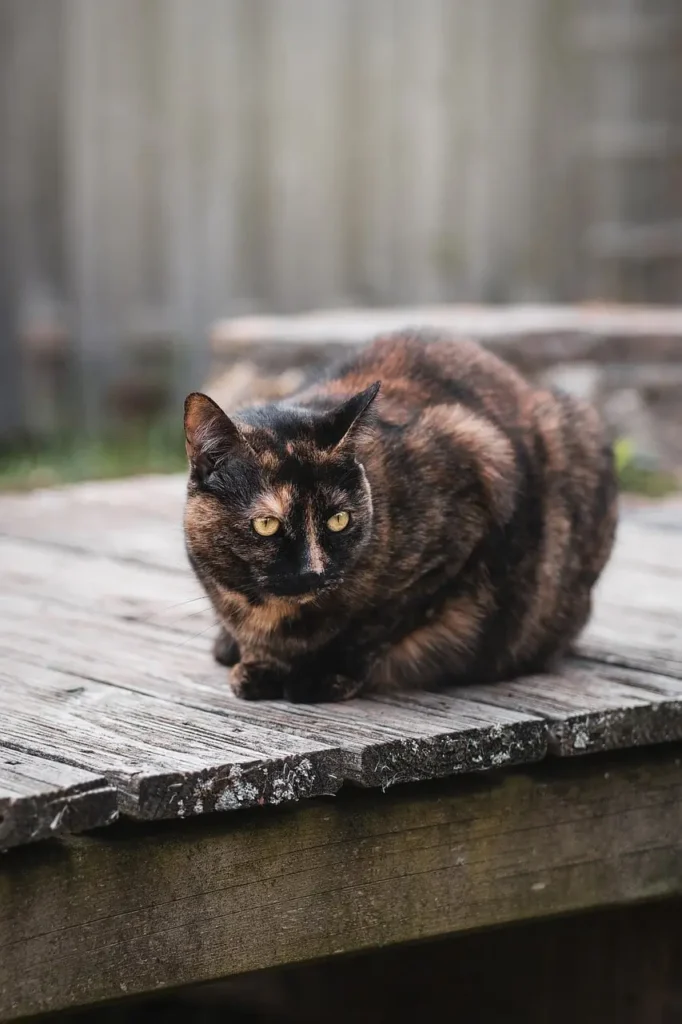
Dietary Needs and Nutrition
Ensure your fluffy tortoiseshell cat’s health with these dietary tips:
- High-Quality Cat Food: Choose cat food with meat as the primary ingredient for balanced nutrition.
- Protein-Rich Diet: Provide a diet high in animal-based protein to meet their obligate carnivore needs.
- Hydration: Ensure fresh water is always available and consider wet food to boost hydration.
- Portion Control: Follow feeding guidelines based on age, weight, and activity level to maintain a healthy weight.
- Special Diets: Consult your vet for specific dietary needs or health conditions.
Regular Health Check-Ups and Vaccinations
Give your pet frequent veterinary attention to keep them healthy:
- Annual Check-Ups: Arrange for annual veterinary examinations to determine your general health.
- Vaccines: To guard against common infections, stay up to date on your vaccines.
- Control Parasites: Apply flea, tick, and worm preventatives as directed by your veterinarian.
- Dental Care: Keep an eye on your teeth’s condition and get professional cleanings or procedures as necessary.
- Weight management: Keep an eye on your weight to avoid problems linked to obesity.
- Creating a Stimulating Environment
Enhance your cat’s well-being with a stimulating environment:
- Interactive Toys: Provide toys like feather wands and puzzle feeders for mental and physical stimulation.
- Scratching Posts: Offer scratching posts to satisfy natural scratching behaviors and maintain claw health.
- Climbing Structures: Install cat trees or shelves for climbing and exploration.
- Window Perches: Create perches for bird watching and outdoor views.
- Playtime: Dedicate daily play sessions to bond and keep your cat active.
- Safe Spaces: Provide quiet spots for resting and security.
How Much Does a Fluffy Tortoiseshell Cat Cost?
Fluffy tortoiseshell cats are prized for their unique appearance, typically costing between $1000 to $2000. Factors like breed, coat quality, health, breeder reputation, and location influence their price. Research reputable breeders or consider adoption to find a healthy and beautiful tortoiseshell cat that fits your budget and lifestyle.
FAQs About Fluffy Tortoiseshell Cats
What Makes a Fluffy Tortoiseshell Cat Unique?
Fluffy tortoiseshell cats stand out due to their striking blend of black, orange, and sometimes white fur, creating a marbled or patched appearance that varies with each cat. Their long, luxurious fur enhances their visual appeal, complementing their spirited and independent “tortitude” personalities. These cats are not only visually distinct but also rare, influenced by specific genetic factors that determine their coat patterns.
Are Fluffy Tortoiseshell Cats Always Female?
Because the X chromosome is associated with the tortoiseshell coat pattern, almost all tortoiseshell cats are female. Because they have two X chromosomes (XX), females can express both the hue orange and black. Due of genetic abnormalities such Klinefelter syndrome, male tortoises are exceedingly rare and typically infertile (XXY).
How to Care for a Fluffy Tortie’s Fur?
Caring for a fluffy tortoiseshell cat’s fur involves regular grooming to maintain its health and beauty:
- Regular Brushing: Brush their fur three to four times weekly with a suitable brush to prevent matting.
- Bathing: Bathe them every few months with gentle cat-specific shampoo to remove dirt and oils.
- Detangling Sprays: Use these to ease brushing and minimize discomfort.
- Trimming and Nail Clipping: Keep fur around paws and nails trimmed to prevent matting and overgrowth.
- Ear Cleaning: Clean their ears periodically with vet-recommended products to prevent infections.
- Health Checks: Monitor their skin, watch for parasites, and inspect for overall health during grooming.
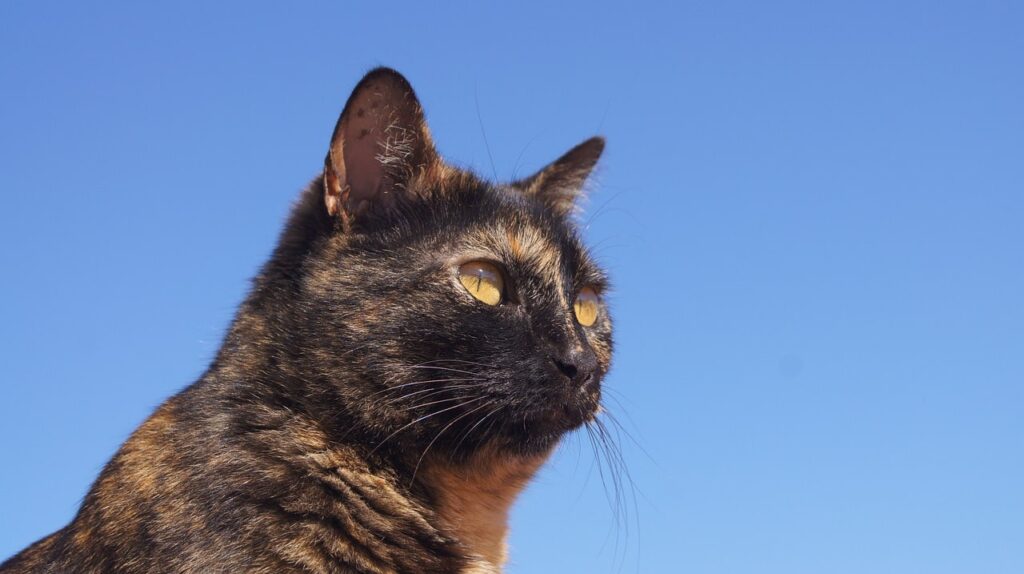
Conclusion
Because of their vibrant personalities and eye-catching coat patterns, fluffy tortoiseshell cats are adored. Their unique blend of black, orange, and sometimes white fur, coupled with their predominantly female genetics, makes them rare and highly sought after. Caring for these cats involves regular grooming, a balanced diet, and attentive veterinary care. Their charm and individuality enrich the lives of their owners, offering companionship and playful energy. Fluffy tortoiseshell cats are not just pets but cherished members of the family, bringing joy and elegance to any home.
Read More:

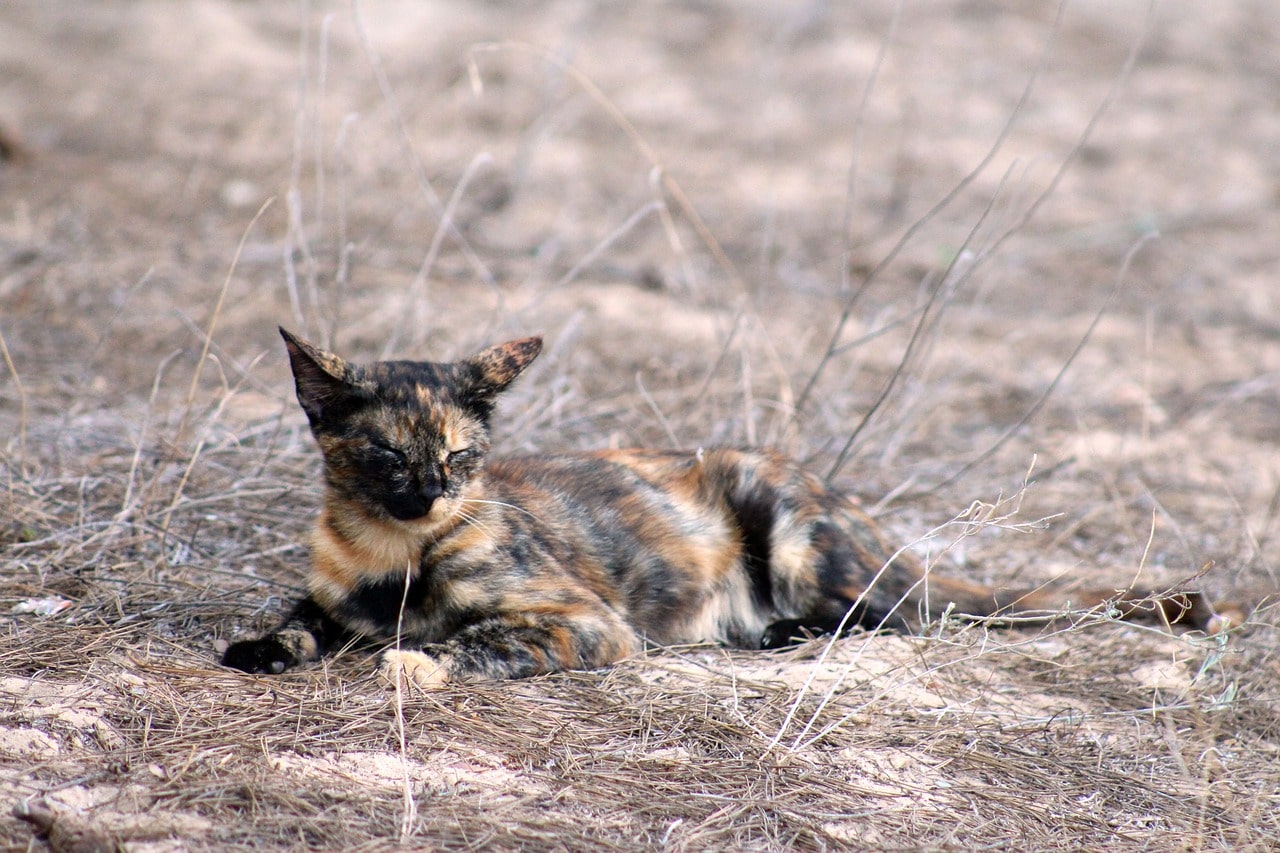
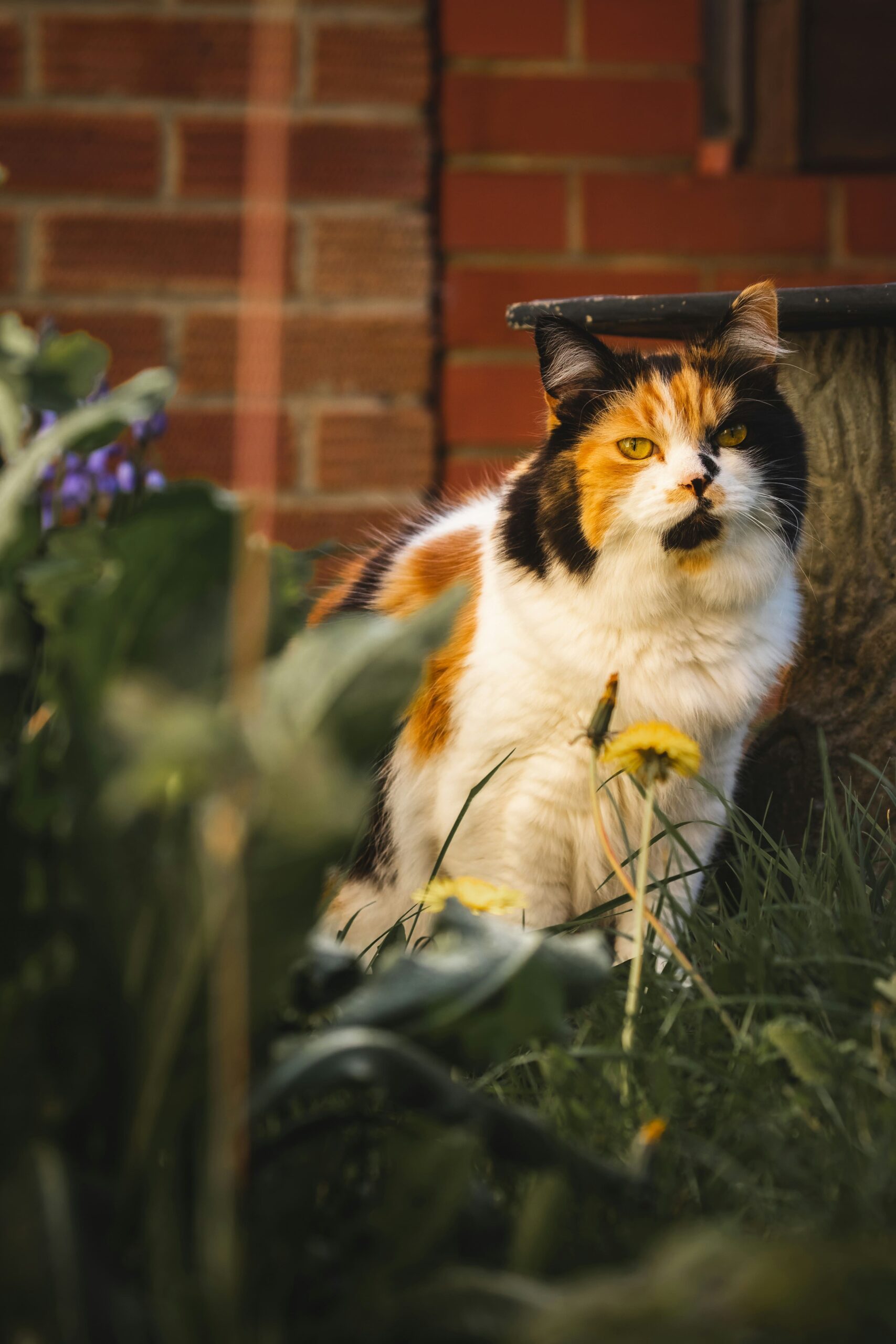
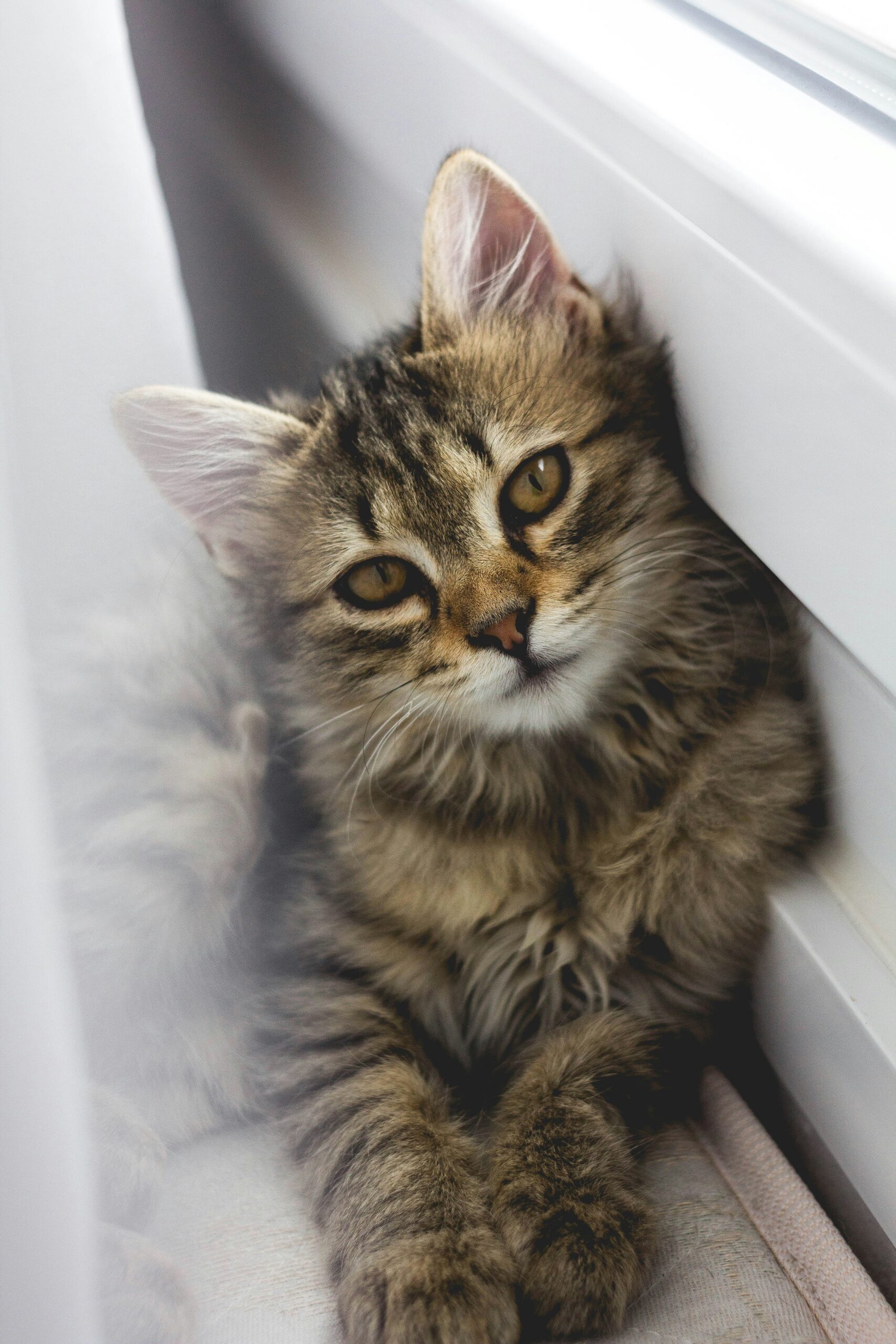
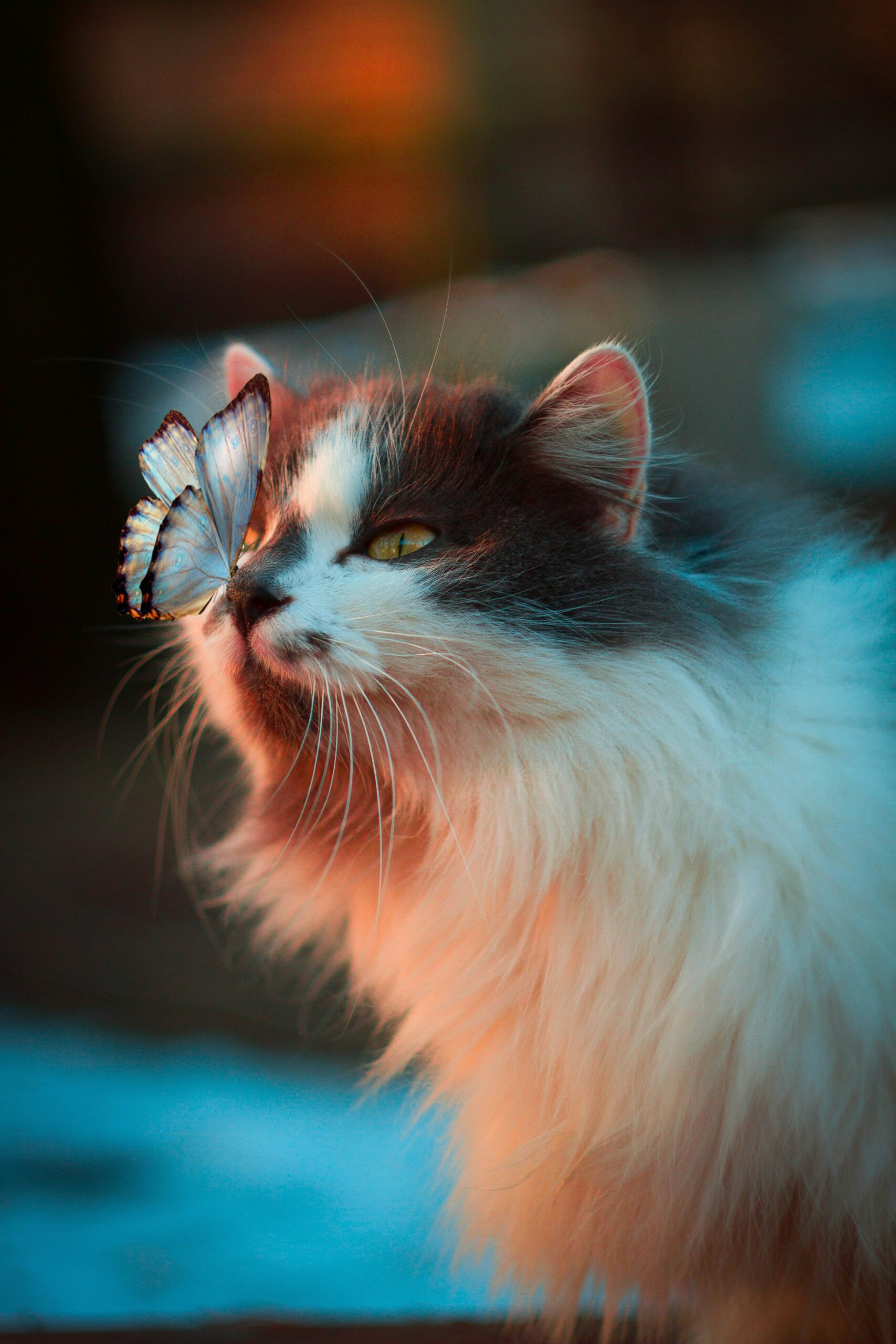
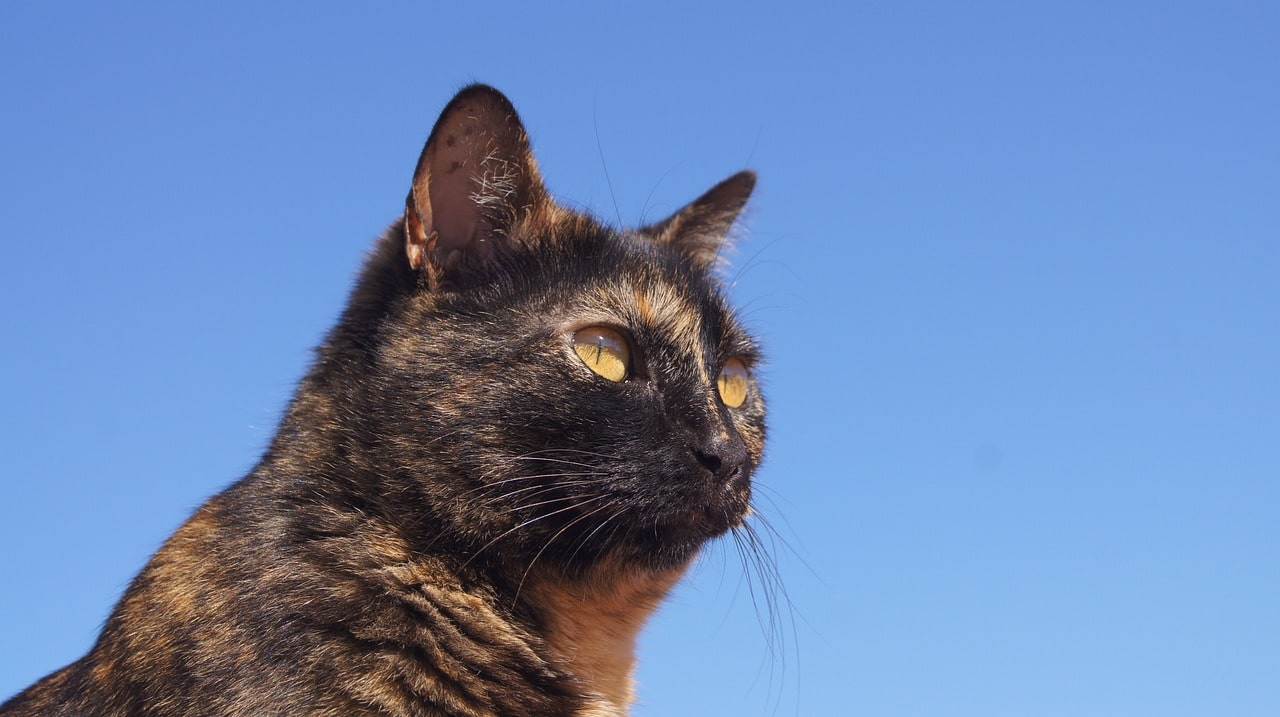


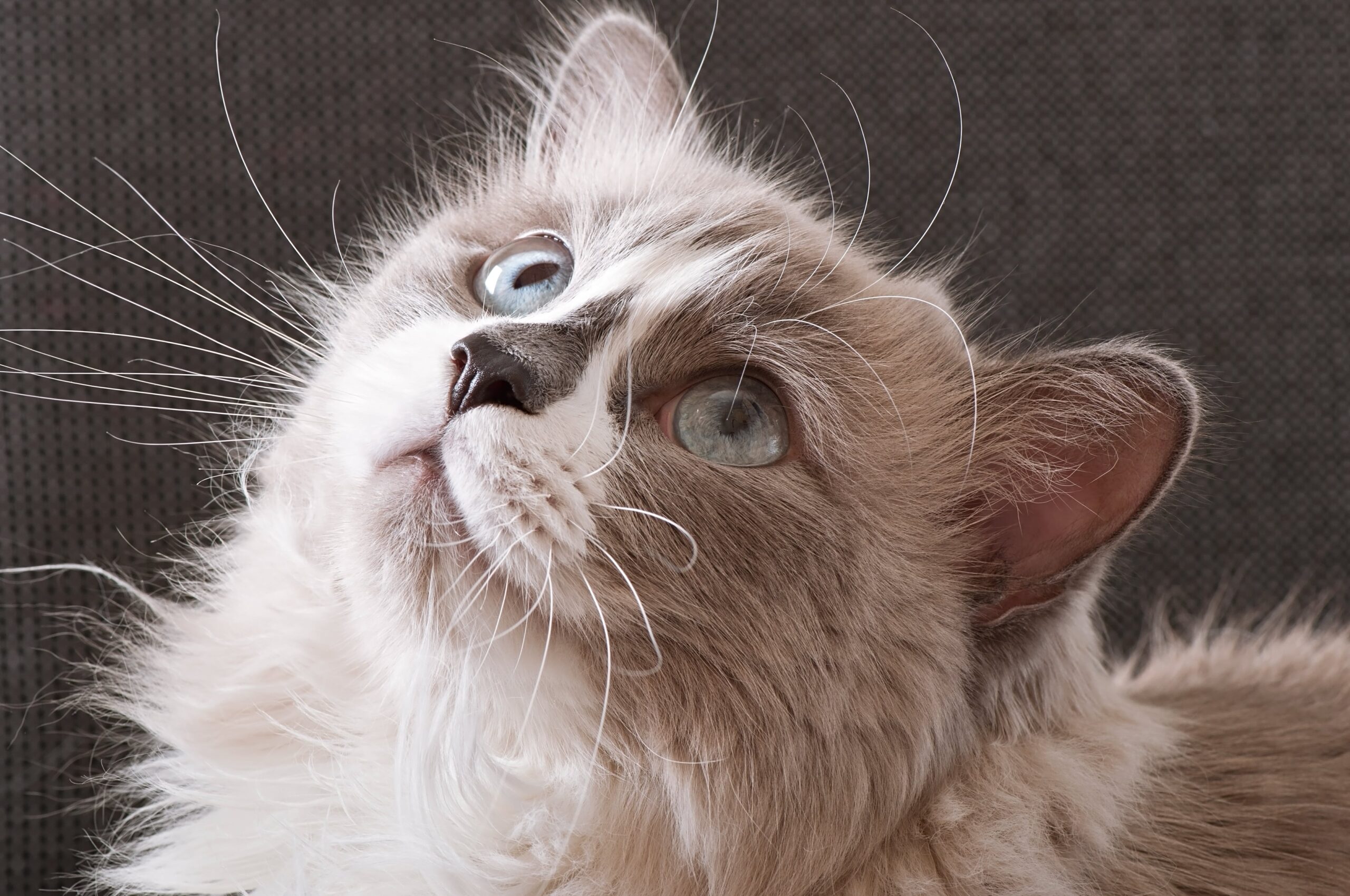
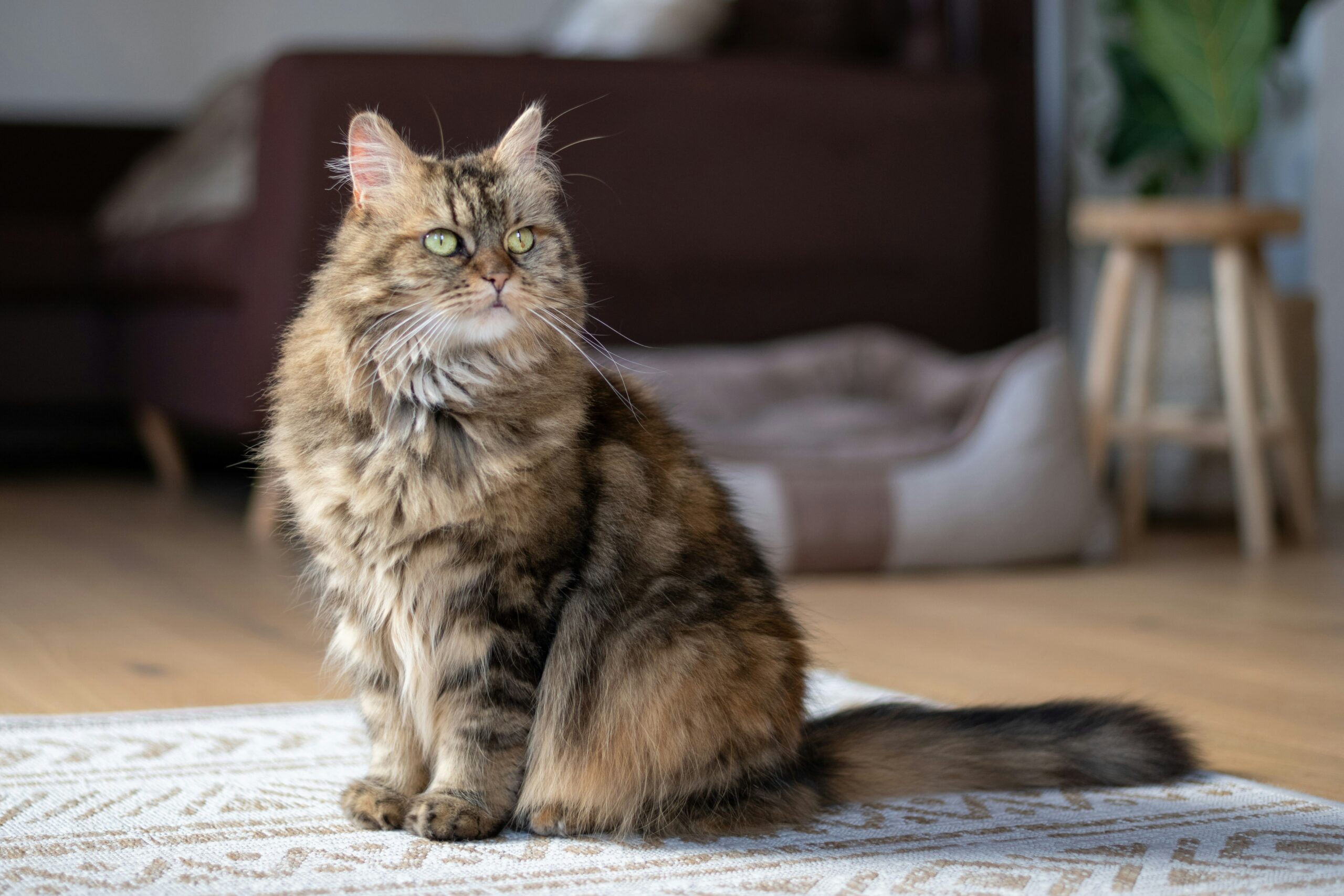
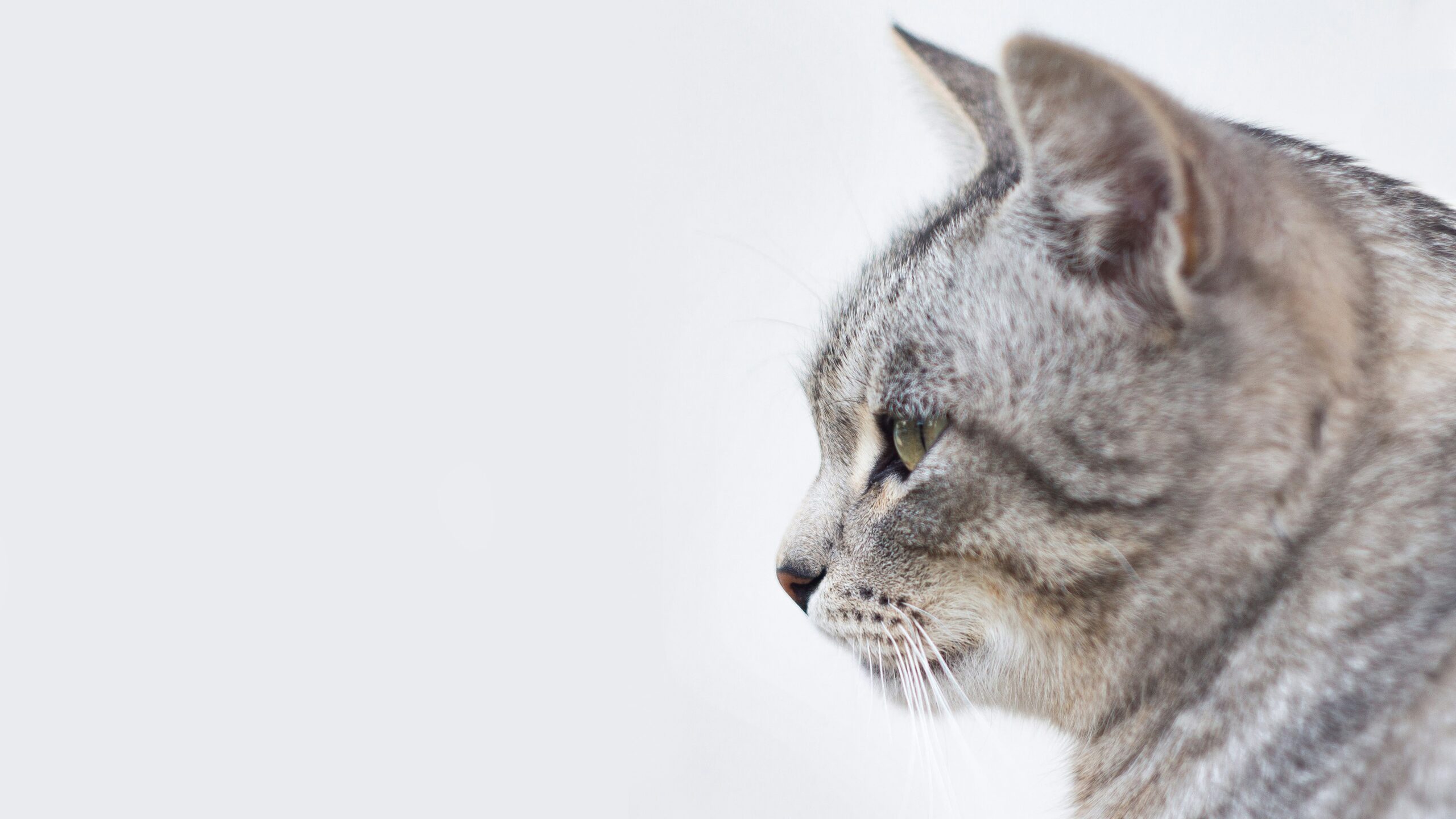
Leave a Reply